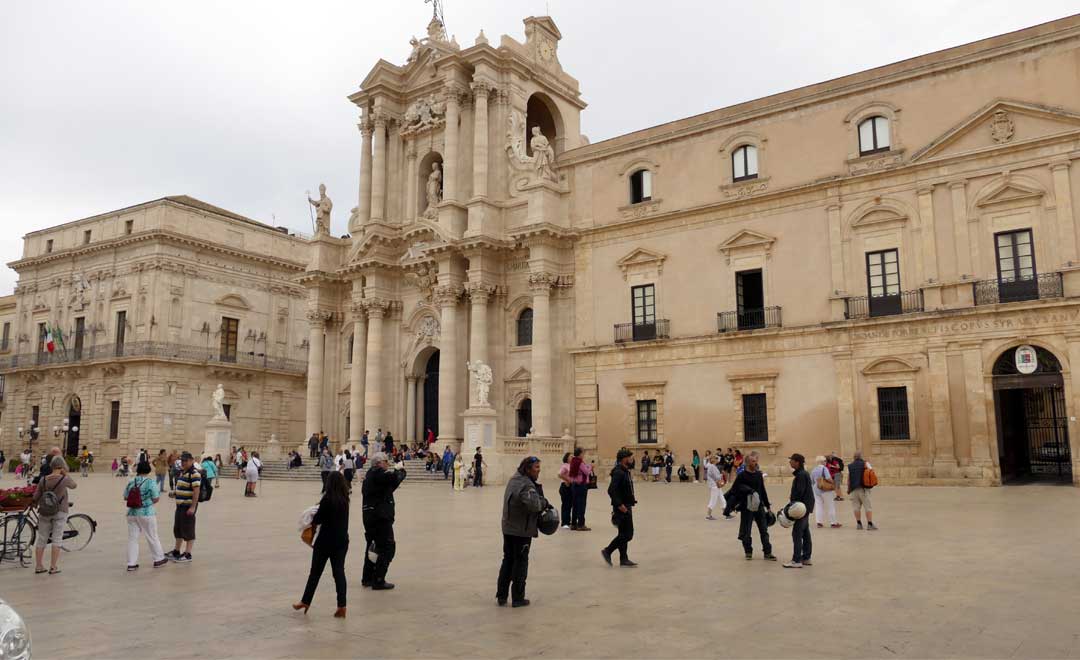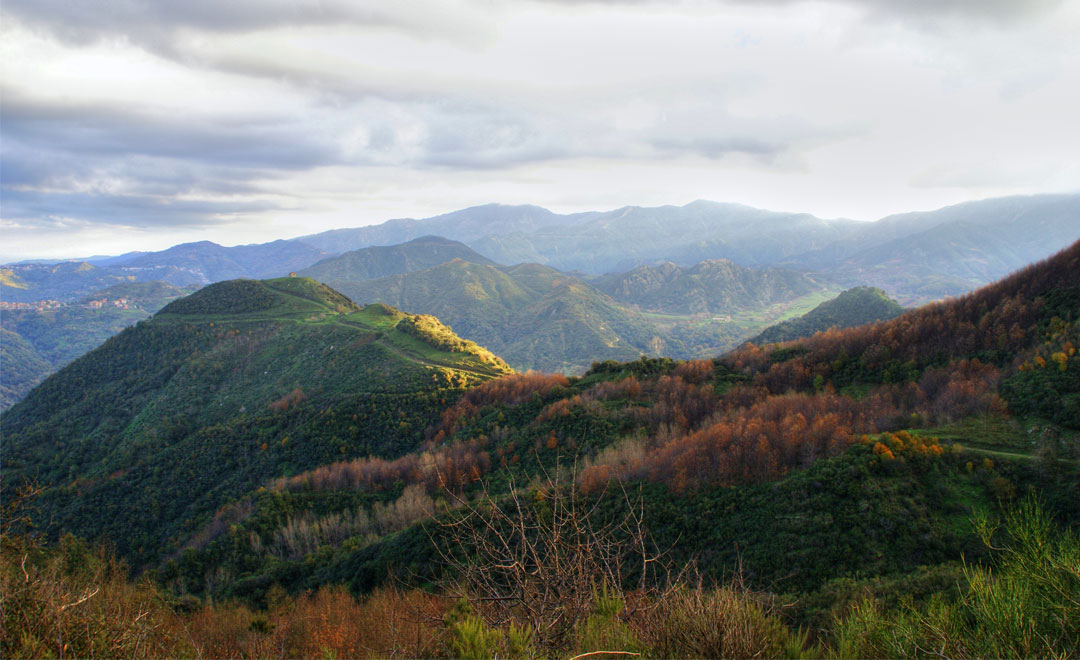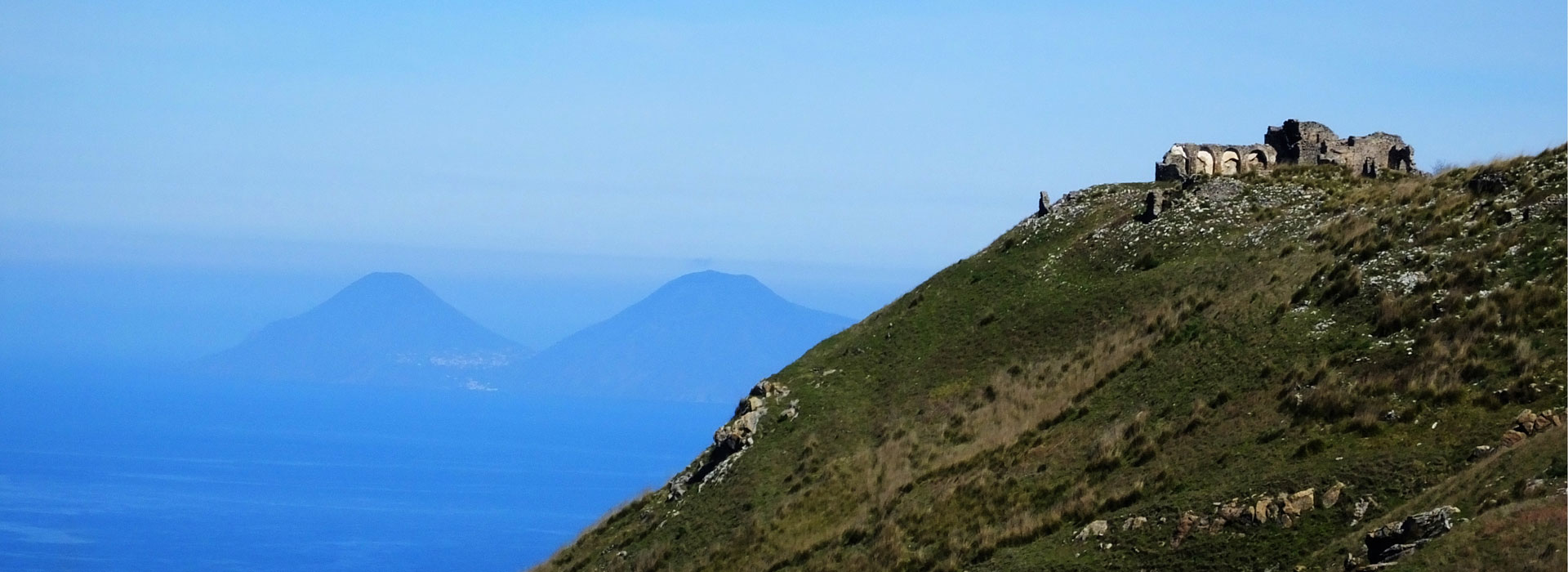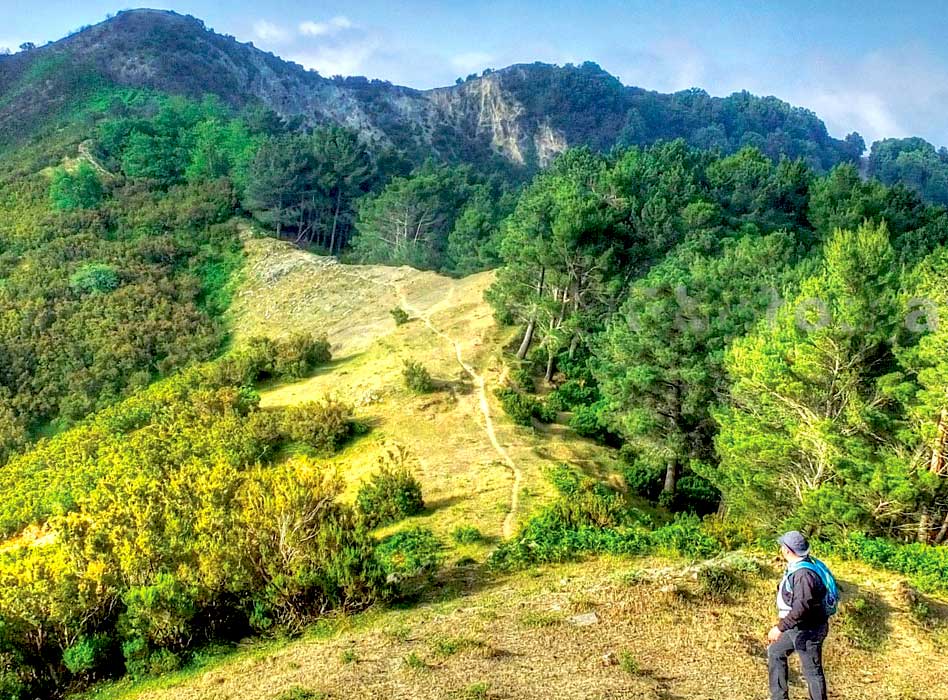History, nature and food and wine: a perfect trinomial that finds one of its greatest expressions in the southeastern part of Sicily, where the marvelous and fertile landscapes of the hinterland are enriched by the evidence of a glorious past that emerges powerfully at every glance.
We are in the “Val di Noto,” the ancient “Vallo” that from the Norman period until 1812 constituted one of the administrative districts of the Kingdom of Sicily, corresponding today to the eight towns-Palazzolo Acreide, Caltagirone, Ragusa, Modica, Noto, Scicli, Catania and Militello-that after the terrible earthquake of 1693 were rebuilt in splendid late Baroque style, declared a UNESCO World Heritage Site in 2002.
Our itinerary, which will take us from Pantalica to Syracuse, is of medium difficulty and to be traveled in at least four days crossing provincial roads, reserves and dirt roads.
We start at the Pantalica Oriented Nature Reserve in the province of Syracuse, a naturalistic area of poignant beauty. Here the Anapo and Calcinara rivers over millennia have carved deep canyons, whose towering walls are cloaked in lush vegetation characterized by oleanders, willows and poplars and, in spring, by the explosion of colors of wild orchids and irises. Suggestive natural pools with crystal-clear, icy waters, whose hues range from turquoise to emerald green, are reminiscent of high-altitude alpine lake landscapes and invite an invigorating bath after the long ride.
We choose the entrance to Sortino to embark on the beautiful 24-kilometer (a/r), mostly flat, dirt road route along part of the old railway line that connected Syracuse to Vizzini and that, crossing bridges and tunnels, gives us unforgettable glimpses of Europe’s largest Necropolis, with its 5,000 rock-cut tombs dating back to the period when the Siculians lived in the eastern area of Sicily, between the 13th and 7th centuries B.C.
Enraptured by the beauty of these places we continue to Palazzolo Acreide, the pearl of the Hyblean Mountains, listed among the Most Beautiful Villages in Italy. The ancient Akrai holds some magnificent vestiges of Greek rule: the Acropolis with the “theater of heaven,” so renamed because of its dominant position over the valley, and the Bouleterion, the place where the city senate met. Alongside the Greek vestiges, Palazzolo holds splendid Baroque masterpieces, such as the beautiful churches of San Sebastiano, San Paolo and the Annunziata, which place it among the must-see stops in the Val di Noto.
Don’t miss a visit to the historic butcher’s shop Corsino to taste the excellent Palazzolo Acreide sausage, a Slow Food presidium, made from the traditional processing of Sicilian black pig, which also includes the addition of fennel seeds. Either eaten fresh (raw or barbecued) or dried, it is well worth a stop. We move a few kilometers further west to enter the province of Ragusa and find another extraordinary slow food presidium, the Giarratana onion, further proof of how much the cultural and scenic richness of the area corresponds to an incredible gastronomic variety. The uniqueness of this onion lies both in its considerable size (which can reach up to three kilos in weight) and in its incredible sweetness, so much so that it is appreciated across the Channel even by Prince Charles of England. Raw, baked or as a basic ingredient for tasty omelets, the Giarratana onion is one of the still little-known but no less important excellences in the panorama of Sicilian cuisine.
We continue by bike, along the ancient paths originally traveled by monks and pilgrims among olive trees, wheat fields and abandoned mills, to Chiaramonte Gulfi, a town located 679 meters above sea level in the heart of the Iblei Mountains. The town is known not only for its magnificent location, which has earned it the nickname “Balcony of Sicily,” with a marvelous view that sweeps from Mount Etna to Gela, but above all for its excellent oil, among the best in Italy, obtained from the “tonda iblea olive,” an indigenous variety that lends elegance and sweetness to the final product.
In the town where the pork is “magnified,” as the epigraph of the well-known Majore restaurant, a must for those passing through, elegant historic buildings and a complex of eight museums round out the cultural offerings. The time has come to climb back into the saddle, heading for Ragusa, the city of two patrons and three bridges. Its oldest part, Ragusa Hybla, holds one of the finest examples of Baroque in all of Sicily, the church of San Giorgio.
Leaving Italy’s southernmost capital behind us, we pedal along State Road 115 in the direction of Modica, famous nationwide for its famous chocolate (to be tasted in the ancient Bonajuto sweet shop), still prepared according to the ancient Aztec recipe that strongly characterizes its texture and flavor. The city of the “hundred churches,” divided into two areas, Modica alta and Modica bassa, is a wonderful nativity scene set in the Hyblean rocks.
Here the main churches, such as St. George’s Cathedral and St. Peter’s Church, have the peculiarity of overlooking impressive and scenic stairways rather than squares. And speaking of scenic views, at Pizzo Belvedere, the highest point, it is possible to enjoy a beautiful vantage point. Before returning to the Syracuse province, a tasting of the local street food, the delicious Ragusan scacce, flatbreads that are stuffed with various toppings, from the classic with tomato and caciocavallo cheese to that with ricotta and parsley, is a must.
Between bucolic dry stone walls and the smell of the dusty countryside dotted with olive, carob, almond and prickly pear trees, we arrive at the southernmost point in Europe, Portopalo di Capo Passero, a fishing village between two seas, the Ionian and the Mediterranean. We are ready to head up the eastern coast of Sicily toward Marzamemi, a pretty seaside village where we allow ourselves a brief stop to admire the picturesque little Regina Margherita square, surrounded by the fishermen’s Arab “casuzze,” now converted into bars and restaurants. On either side is the beautiful church of San Francesco di Paola and the palace of the Prince of Villadorata, connected at the back to the tuna fishery dating back to Arab rule, which over the centuries assumed great importance until it became the second in all of Sicily, after that of Favignana.
We shop for tuna and other delicious products obtained from its processing (bottarga, ventresca and tarantello) at Campisi’s before reaching the southern entrance to the Vendicari reserve, an oasis of peace whose quiet is “disturbed” only by the wind that caresses the face and the passage of numerous species of birds that inhabit the marshy areas and ponds of this area of great importance along the migratory routes from Africa.
We leave our bikes at the parking lot to ride the 14 kilometers (for those with little time, it is possible to choose one of the 3 paths-blue-orange-green, access to which is guaranteed by several gates) surrounded by the scents of the Mediterranean scrub, among juniper forests, old salt marshes, quagmires and the suggestive tonnara, lapping the famous beaches of San Lorenzo, where turtles nest in July and August, Cala Mosche and Marianelli. Just a short walk from the latter, the Marianelli agriturismo is a must stop for an aperitif to sip at the first light of sunset, when the structure’s beautiful limestone is tinged with orange and pink hues.
Only 26 km separate us from the plateau on which the undisputed capital of Baroque, Noto, towers, dominating the Asinaro Valley.
From the Porta Reale, an imposing 19th-century triumphal arch built on the occasion of the visit of King Ferdinand II of Bourbon, we enter Corso Vittorio Emanuele, where the sun never ceases to illuminate its masterpieces thanks to its east-west orientation, offering to our view such wonders as the Convent of St. Francis, the Church of Santa Chiara, Palazzo Ducezio and the Cathedral of St. Nicholas. On the adjacent Via Nicolaci, where stands the splendid and opulent palace that originated as the urban residence of the Nicolaci family, marvelous floral decorations are made that adorn the street on the occasion of the “Infiorata,” the traditional greeting to spring held every year on the third Sunday in May that attracts many visitors.
Gourmand stop at Caffè Sicilia, a renowned pastry shop whose prestigious awards place it rightfully among the best in Italy, to taste one of Corrado Assenza’s exquisite creations, ranging from more classic desserts such as cannolo and cassatina to innovative proposals resulting from his creativity, always united by the use of the best zero-kilometer raw materials.
Finally, Syracuse, the city that was called by Cicero the largest and most beautiful of all Greek cities, awaits us. It is impossible not to agree after crossing the entrance to the Neapolis park where the Greek theater stands out, which in the spring season welcomes after sunset the performance of ancient Greek tragedies, and the Ear of Dionysius, an imposing 23-meter-high cave with exceptional acoustics that, according to legend, was used by the tyrant Dionysius to listen to the words of his prisoners. There is no shortage of late Baroque jewels here either; in fact, one need only move a few kilometers by crossing one of the two bridges connecting Syracuse to Ortigia to find oneself among the intricate alleyways of this magical little island. Amidst opulent palaces and quaint craft stores, one arrives at the splendid Piazza Minerva. Enraptured by the beauty of the Duomo, whose facade shines under a warm light that enhances its beauty, we taste a refreshing granita thinking back to the beauty of this incredible itinerary.









